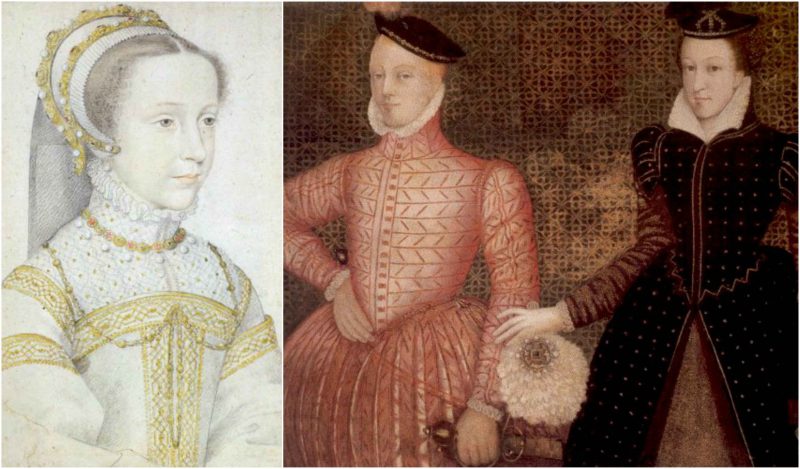Mary, the Queen of Scots, also known as Mary Stuart or Mary I of Scotland is notable for claiming the crown of the Scottish, French, English and Irish nations at one time and for her private, frenetic, love life, ruptured between the throne and her desires.
Even though she wasn’t the most successful ruler of Scotland, she was respected even by her enemies for her kind heart and her irresistible beauty.
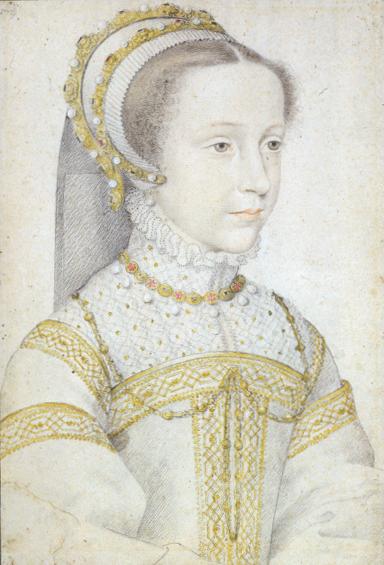
Her father, James V of Scotland died only six days after she was born in 1542, and Mary was his only legitimate child which succeeded the throne. When she was only four, she was sent to France while Scotland was ruled by regents, and in 1558, at the age of 14, she married the Dauphin, a young French prince, in order to secure a Catholic alliance against England.
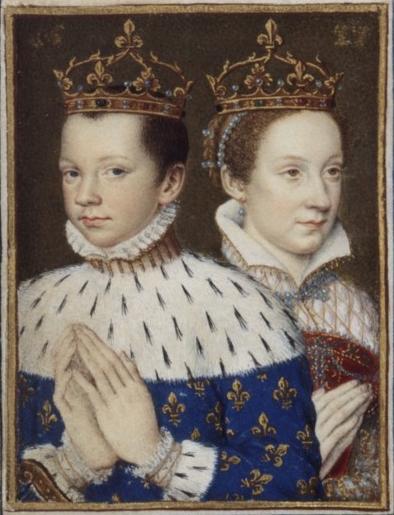
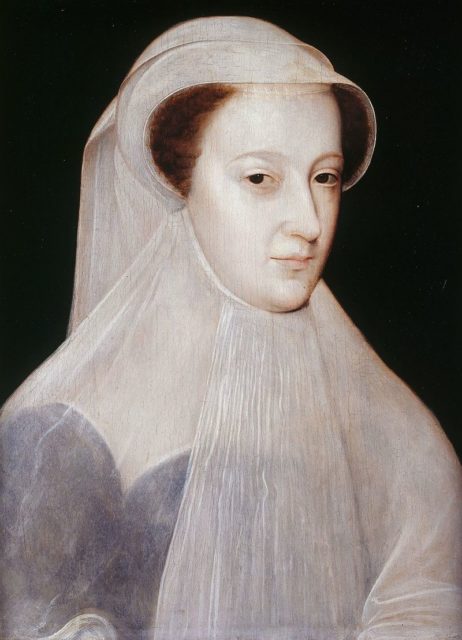
The Dauphin ascended the French throne as King Francis II in 1559, and Mary briefly became queen consort of France but unfortunately, the Dauphin died in 1561 while still in his teens and Mary returned to Scotland as a young and beautiful widow.
She came back to Scotland during the most troubled time of the Reformation and a widening Protestant – Catholic split. In England, her cousin Mary Tudor earned the nickname “Bloody Mary,” and disgusted by her killings, Mary determined that there would be no religious persecution under her rule.
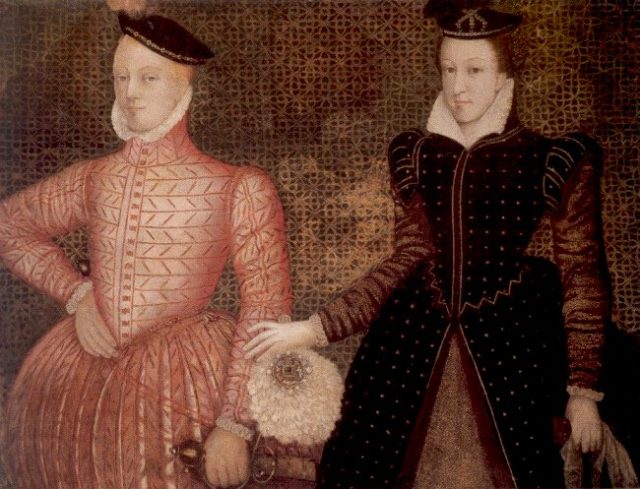
In order to stabilize the situation, the best solution was for Mary to marry a Protestant husband. She fell in love with Henry, Lord Darnley but soon he started drinking a lot and Mary was left to rule the country by herself. At the same time, Lord Darnley was jealous of Mary’s authority over the people and of her secretary, David Riccio. When Mary was six months pregnant, Darnley and his guards entered the Holyrood House and killed Riccio in front of her.
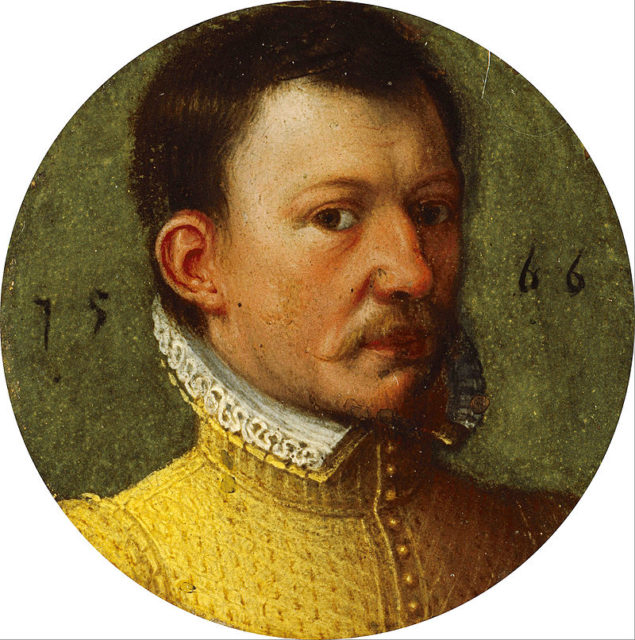
When her son, the future King James VI of Scotland and I of England, was born, he was baptized in the Catholic faith in Stirling Castle which angered the Protestants. In 1567, Lord Darnley died in Edinburgh when the abbey of Kirk o’ Field where he was staying, was demolished by an explosion. Darnley was found dead in the garden, apparently smothered.
After the death of Lord Darnley, Mary fell in love with James Hepburn, Earl of Bothwell, who was accused of Darnley’s murder. After he was released from charges, Mary got married to him. The Lords of Congregation did not approve of Mary’s liaison with Bothwell and she was imprisoned in Leven Castle where she gave birth to still-born twins. In a meantime, Bothwell just said goodbye to Mary and left to Dunbar. He died in 1578, in Denmark, and they never met again.
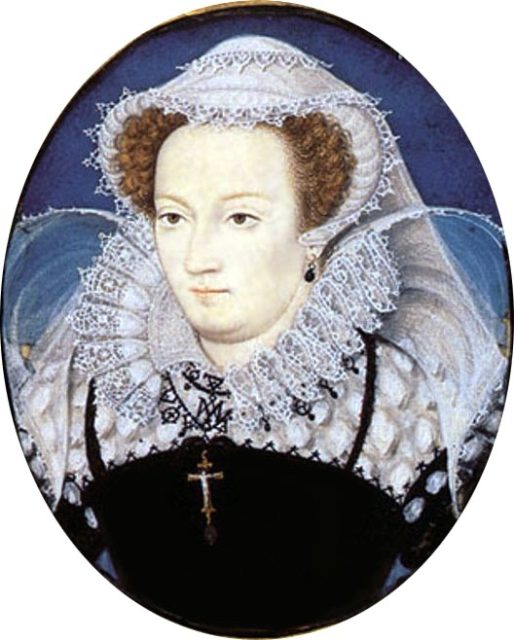
Mary managed to escape from Leven Castle and fled to England asking for shelter from her cousin Elizabeth I. The queen of England was willingly helping her for several years, keeping her safe in different castles around England to keep her distracted from the political issues between the Protestants and Catholics in Scotland. Instead, Mary became a prisoner and a pawn of Queen Elizabeth I for 19 years.
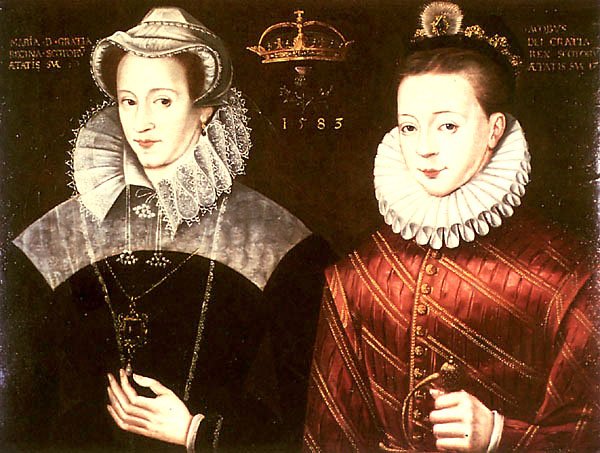
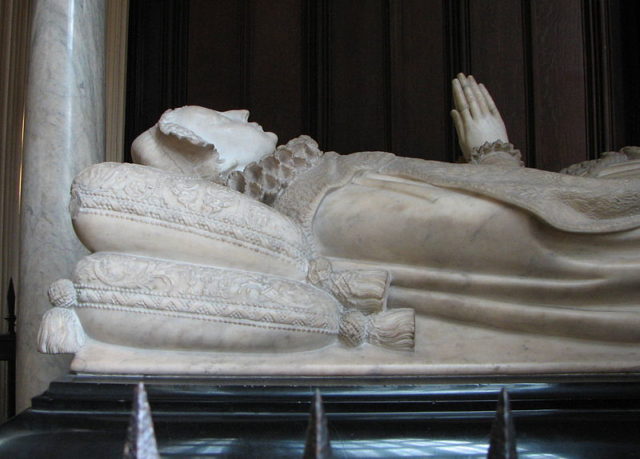
In 1587, Mary was found to be plotting against Elizabeth and was deemed guilty of treason. She was executed in Fotheringhay Castle. Mary’s son became James I of England and VI of Scotland after her death in 1603.
Read another story from us on Scotland:The story of St Andrew, the patron saint of Scotland
Queen Mary is considered as one of the most fascinating and controversial monarchs of the 16-th century Europe.
